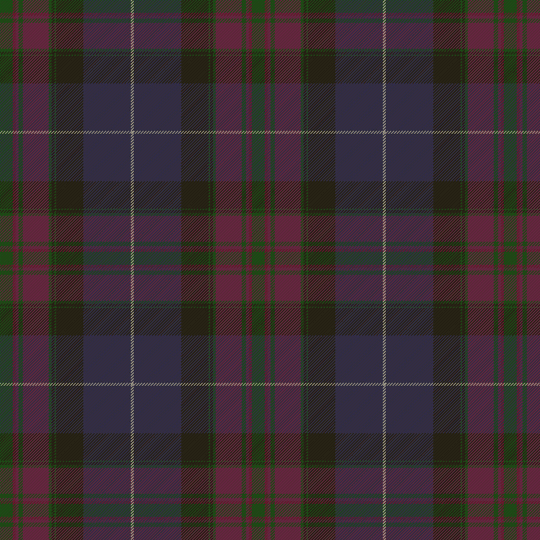
www.WH6FQE.com
Dr. R.C. Anderson, Ph.D.
Honolulu, Hawaii
Amateur Radio Disaster Preparedness Scottish Kilts Scottish History & Heritage Smoking Pipes Martial Arts Road Cycling and much more


Is It Offensive For Non-Scots To Wear Kilts?
I have been asked this question several times, and actually, there is no easy answer to this question. It depends on many things which must be considered.
- TARTAN
Tartan is associated with heraldry. Many Scottish families, or clans, have a tartan that is designed specifically for their members and belongs to them. If a person were to wear a kilt made from their tartan and the person is not associated with that particular clan or one of their Septs, then they may take great offense to someone wearing a kilt made with their tartan, especially if the person were not a Scot at all.
In Scottish clans, septs are families that follow another family's chief, or part of the extended family and that hold a different surname. These smaller septs would then be part of the chief's larger clan.
For instance, the Anderson clan has the following septs and recognizes them as part of their clan and they may wear the Anderson tartan:
-
Andrew
-
Dingwall
-
Gillanders
-
MacAndrew
-
MacCulloch
-
MacLulich
-
MacTaggart
-
MacTear
-
MacTier
-
MacTire
-
Taggart
-
Vass
-
Wass
The Home clan recognizes the following septs as part of their clan and they may wear the Home tartan:
-
Ayton
-
Buncle
-
Bunkle
-
Dunbar
-
Eaton
-
Greenlaw
-
Haliburton
-
Landale
-
Landels
-
Lansdale
-
Mack
-
Nesbit
-
Nesbitt
-
Nisbet
-
Rutherford
-
Wedderburn
People who are not a part of these families should not be wearing the Anderson or Home clan tartans. If they do wear the tartan and are not affiliated with the clan, it may be taken as highly offensive to a member of the clan.
There are also tartans that denote military service or affiliation with another organization. Wearing one of these tartans without having such military service or affiliation with the organization can also garner offensive feelings.
There are tartans that have nothing to do with clans, military service or other organizations such as regional tartans and other generic "fashion" tartans such as Pride of Scotland, and the Saint Andrews tartans shown here to the right. There are also kilts available made with solid colored fabrics instead of tartan.
- OCCASION
If you’re at a highland games, a Celtic or Scottish festival or a wedding where the gentlemen will be wearing kilts, you can easily wear a kilt without offending anyone; however, if you’re attending a Halloween party or a fancy dress party, someone who is Scottish might find a kilt worn as a costume to be offensive and disrespectful of their heritage. Wearing a kilt every day for work or to a club will typically not be construed as offensive.
- CONTEXT
Even though you are unlikely to offend anyone by wearing a kilt that isn’t associated with heraldry, military service or an organization, how you behave in a kilt could be offensive, and not just to Scots. Make sure that you remember to keep your legs closed when you’re wearing a kilt and to be modest. That rule applies to Scots, too!
- HOW YOU WEAR THE KILT
Another important thing to consider when you’re planning to wear a kilt and you’re not a Scot is the fit. A kilt that doesn’t fit well and is too short and tight or too baggy or sloppy might look like you are mocking Scotsmen. That’s why it’s best to choose a kilt that fits well. Better yet, have a kilt made specially to your specifications so that you’re guaranteed you will look your best in it.





Non-Offensive vs. Highly Offensive
By keeping all of these things in mind, you can wear a kilt without causing offense to anyone else.



